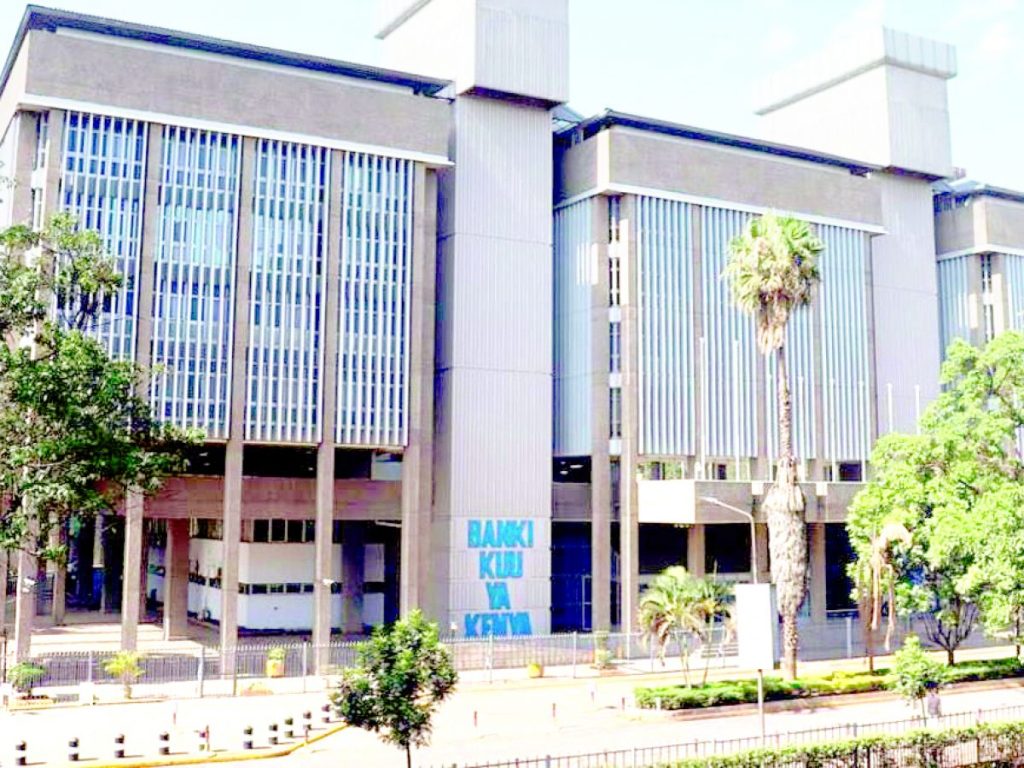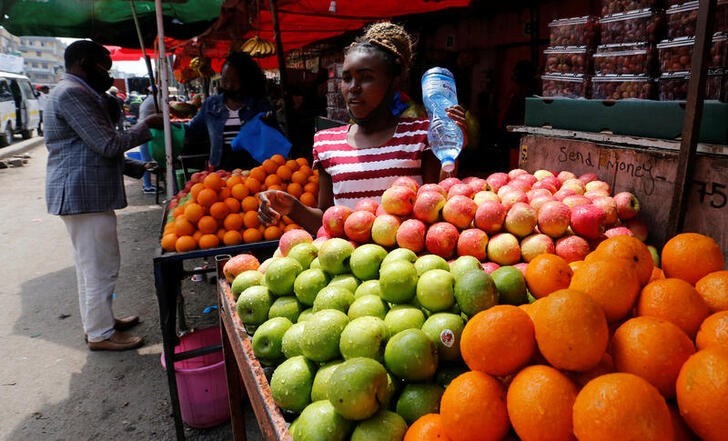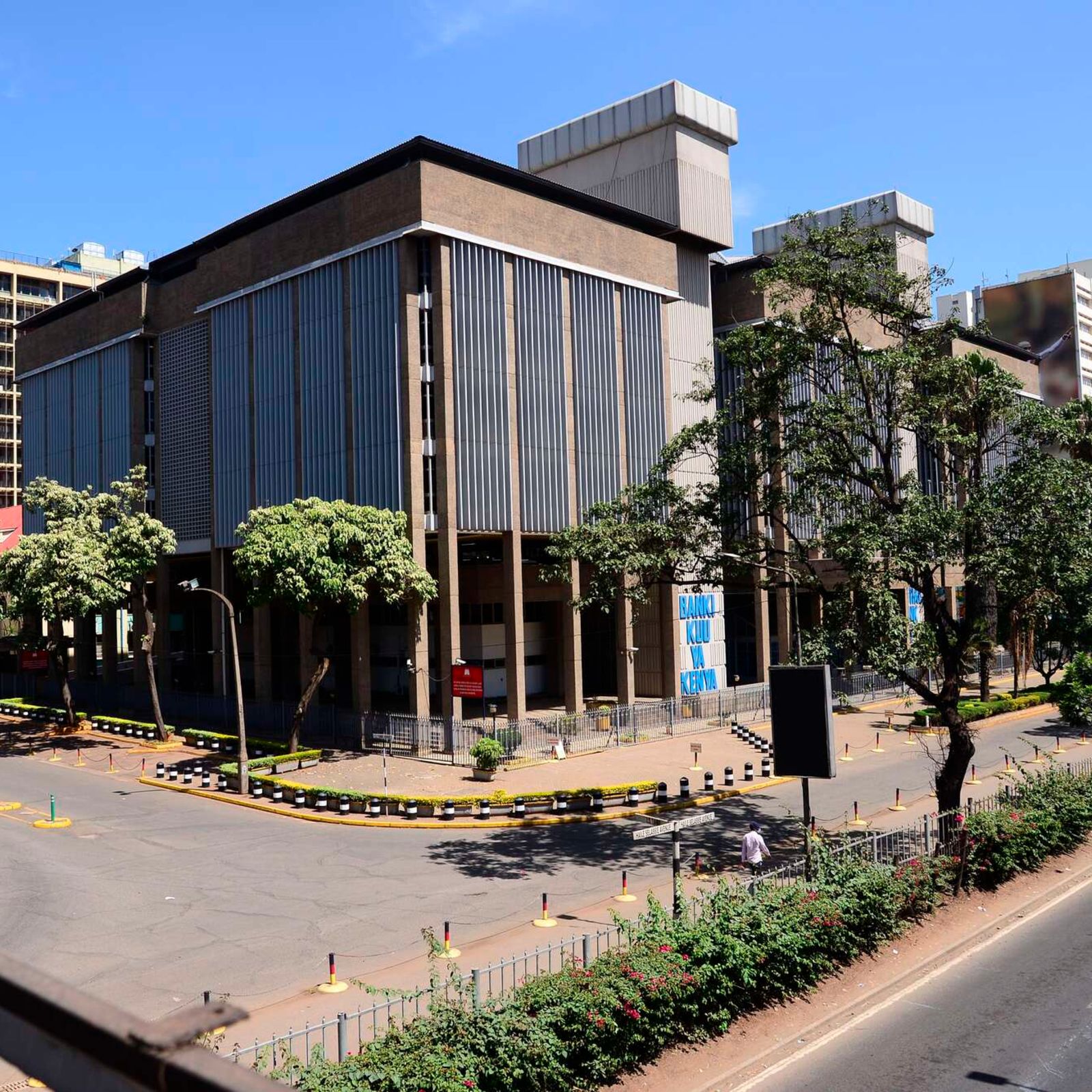
The Monetary Policy Committee (MPC) met on August 6, 2024, against a backdrop of an improved global outlook for growth, easing inflation in advanced economies, and persistent geopolitical tensions.
The MPC reviewed the outcomes of its previous decisions and measures implemented to anchor inflationary expectations and contain exchange rate pressures.
• Global growth continues to recover, supported by strong growth in the United States and improved growth prospects in some large emerging market economies, particularly China and India.
 The main risks to the global growth outlook relate to further escalation of geopolitical tensions, interest rates remaining higher-for-even-longer in advanced economies, and policy uncertainty attributed to changes of government in some major economies. Global inflation has
The main risks to the global growth outlook relate to further escalation of geopolitical tensions, interest rates remaining higher-for-even-longer in advanced economies, and policy uncertainty attributed to changes of government in some major economies. Global inflation has
moderated, with central banks in some major economies lowering interest rates.
Food inflation has continued to decline with improved supply of key food items, particularly sugar and cereals.
International oil prices have moderated, but the risk premium from the Middle East conflict has increased following the recent escalation.
• Kenya’s overall inflation declined to 4.3 percent in July 2024 from 4.6 percent in June, thereby remaining below the mid-point of the target range. Food inflation remained stable at 5.6 percent in June and July, with declines in prices of key non-vegetable food items, particularly maize, sugar, and wheat flour, offsetting increases in prices of select vegetables, particularly tomatoes, Irish potatoes, and cabbages.
Fuel inflation declined to 4.5 percent in July from 6.4 percent in June, due to a downward adjustment in pump prices and lower electricity prices. Non-food nonfuel (NFNF) inflation eased to 3.3 percent in July from 3.4 percent in June, reflecting the impact of monetary policy measures. Overall inflation is expected to remain below the midpoint of the target range in the near term, supported by a stable exchange rate, lower food prices with expected harvests, and stable fuel prices.
The recently released GDP data for the first quarter of 2024 showed continued resilient performance of the Kenyan economy, with real GDP growing by 5.0 percent.

This reflected continued strong performance in agriculture attributed to favourable weather conditions, and robust performance of the services sector, particularly wholesale and retail trade, accommodation and food services, financial and insurance, information and communication, and real estate.
Nevertheless, growth of the industrial sector, particularly manufacturing and construction, slowed down.The growth of the economy is expected to remain resilient in 2024 and is projected at 5.4 percent in 2024 from 5.6 percent in 2023.
This is supported by robust services, sustained performance in agriculture, and improved exports.However, this outlook is subject to risks including geopolitical tensions.
• The July 2024 Agriculture Sector Survey shows that majority of respondents expect inflation to either remain unchanged or decrease in the next three months, on account of improved food supply with the expected harvests, the stable exchange rate, and reductions in pump prices.
The CEOs Survey and Market Perceptions Survey which were conducted ahead of the MPC meeting revealed sustained optimism about business activity and economic growth prospects for the next 12 months.

The optimism was primarily attributed to the stable macroeconomic environment reflected in the low inflation rate and stability in the exchange rate, and the continued strong performance of agriculture. Nevertheless, respondents expressed concerns about the impact of the recent protests on economic activities, high cost of doing business, and potential impact of increased geopolitical tensions on the economy.
• The current account deficit is estimated at 3.7 percent of GDP in the 12 months to June 2024, down from 4.2 percent of GDP in a similar period of 2023, and is projected at 4.0 percent of GDP in 2024.
Goods exports increased by 5.0 percent in the 12 months to June 2024 compared to a similar period in 2023, reflecting increased exports of agricultural commodities and reexports. Exports of tea and vegetables and fruits increased by 4.6 percent and 12.1 percent, respectively, while re-exports were 56.5 percent higher in the period. Notably, exports were 11.8 percent higher in the first half of 2024 compared to a similar period in 2023.
Goods imports declined by 3.3 percent in the 12 months to June 2024 compared to a similar period of 2023, reflecting lower imports across all categories, except sugar, machinery and transport equipment, crude materials, and miscellaneous manufactures. However, imports were 3.6 percent higher in the first half of 2024 compared to a similar period in 2023.
 Tourist arrivals improved by 27.2 percent in the 12 months to June 2024 compared to a similar period in 2023.
Tourist arrivals improved by 27.2 percent in the 12 months to June 2024 compared to a similar period in 2023.
Remittances increased by 12.9 percent to USD 4,536 million in the 12 months to June 2024 compared to USD 4,017 million in a similar period in 2023, and were 17.0 percent higher in the first half of 2024 compared to the first half of 2023.
• The CBK foreign exchange reserves, which currently stand at USD 7,303 million (3.78 months of import cover), continue to provide adequate cover and a buffer against any short-term shocks in the foreign exchange market.
• The banking sector remains stable and resilient, with strong liquidity and capital adequacy ratios. The ratio of gross non-performing loans (NPLs) to gross loans stood at 16.3 percent in June 2024 compared to 16.1 percent in April.
The increase is mainly attributed to a decrease in gross loans between the two periods of 1.5 percent compared to a lower decrease in NPLs by 0.7 percent. Decreases in NPLs were noted in the real estate, manufacturing, trade and building, agriculture and transport and communication sectors. Banks have continued to make adequate provisions for the NPLs.
• Growth in commercial bank lending to the private sector stood at 4.0 percent in June 2024 compared to 4.5 percent in May, partly reflecting exchange rate valuation effects on foreign currency denominated loans following the appreciation of the Shilling. Growth in local
currency denominated loans stood at 10.2 percent in June, with the foreign currency denominated loans, which account for about 26 percent of total loans, contracting by 13.3 percent.
• The Committee noted the outcome of the implementation of the FY2023/24 Government Budget, as well as the FY2024/25 Supplementary Budget I, which is expected to lower the fiscal deficit from 5.6 percent of GDP in FY2023/24 to 4.3 percent of GDP in FY2024/25. The
fiscal consolidation in the medium-term should reduce debt vulnerabilities while moving the debt/GDP ratio towards a stronger sustainable position.
The MPC noted that its previous measures have lowered overall inflation to below the mid-point of the target range, stabilized the exchange rate, and anchored inflationary expectations. The Committee further noted that NFNF inflation has moderated, while central banks in some major economies have lowered interest rates in response to easing inflationary pressures, with indications that other central banks will soon embark on a similar trajectory.
The MPC concluded that there was scope for a gradual easing of the monetary policy stance, while ensuring continued exchange rate stability. Therefore, the Committee decided to lower the Central Bank Rate (CBR) to 12.75 percent.
The MPC will closely monitor the impact of the policy measures as well as developments in the global and domestic economy and stands ready to take further action as necessary in line with its mandate. The Committee will meet again in October 2024.









